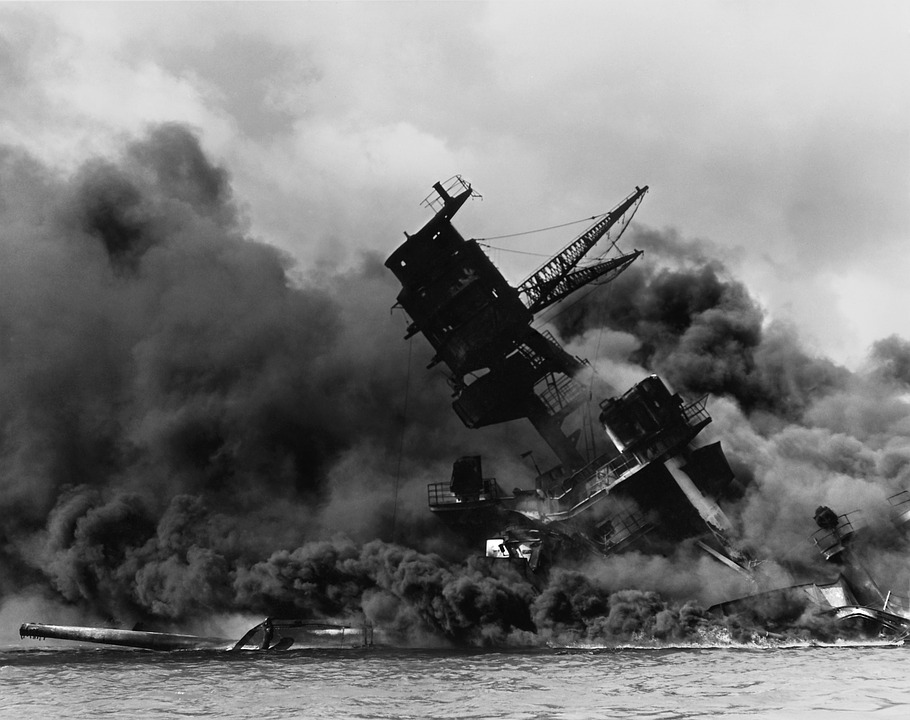Introduction
The Second World War, which lasted between 1939 and 1945, was one of the most devastating wars in the world history. During this time, many countries were at war with each other in the battle of supremacy. The Japanese attack on United States Pearl Harbor became one of the many wars that countries across the world engaged in during this time. What however were the reasons Japanese attack on Pearl Harbor, and what was the course of the attack?
The United States had emerged at this time as a global economic and political powerhouse, while Japan, through its rigorous economic policy, was also growing and rapidly industrializing, although largely depended on raw material imports given the scarcity of raw materials in the country. The raw materials in question mostly originated from Southeast Asian European colonies as well as the United States, thus the driving force of the country’s industrial economy relied on these imports.
Aside from the advanced industrial economy, the Japanese had also developed a military complex in support of their growing military might. The thirst for military and political supremacy had led the Japanese to expand their influence into East Asia and the Pacific to secure their supply of raw materials and oil. Similarly, the United States was protecting its interest in strategic areas across the Caribbean and Latin America by equipping these region’s military.
Roosevelt’s rise to power was perhaps the trigger for the Japanese attack. While favoring China, the president is loathing for Japan and his quest to stop its influence into Asia led to the start of Japanese economic sanctions. The reason for these sanctions was for Japan to retaliate by declaring war on the United States, which would consequently involve Germany, an ally of Japan and US enemy. Officially, therefore, this would justify the United States’ involvement in the already commenced Second World War.
Japan’s pleas for a reconstruction of relations were met with curt dismissals as the United States imposed even more sanctions, while terminating the 1911 commercial concession with Japan in 1939. The president signed the Export Control Act, allowing presidential assent or prohibition of the exportation of military raw materials in 1940. From this act, Roosevelt restricted the exportation of steel scrap as well as other aviation lubricants and fuels to Japan. In addition to this, the president imposed a ban on steel and scrap iron exports, except to Britain. While these moves angered Japan, the president’s decision to freeze all Japanese assets in the United States broke the two nations’ commercial relations. Following suit of the American actions, the Dutch and the British embargoed Japanese bound exports from both their colonies and homeland.
Japan’s retaliatory strategy thus became a planned attack on the United States given the untenable position that the US had pushed it into. Through radio communication therefore, Japan strategized on a surprise attack on the US at sea. The attack, as planned would be swift and aimed at US’ Pacific Fleet. The US naval intelligence had however, broken the Japanese naval code and were aware of the planned attack on Pearl Harbor. Having known of the US code breaking, the Japanese resorted to radio deception, where they gave misleading and inaccurate information about their planned attack…

Leave a Reply